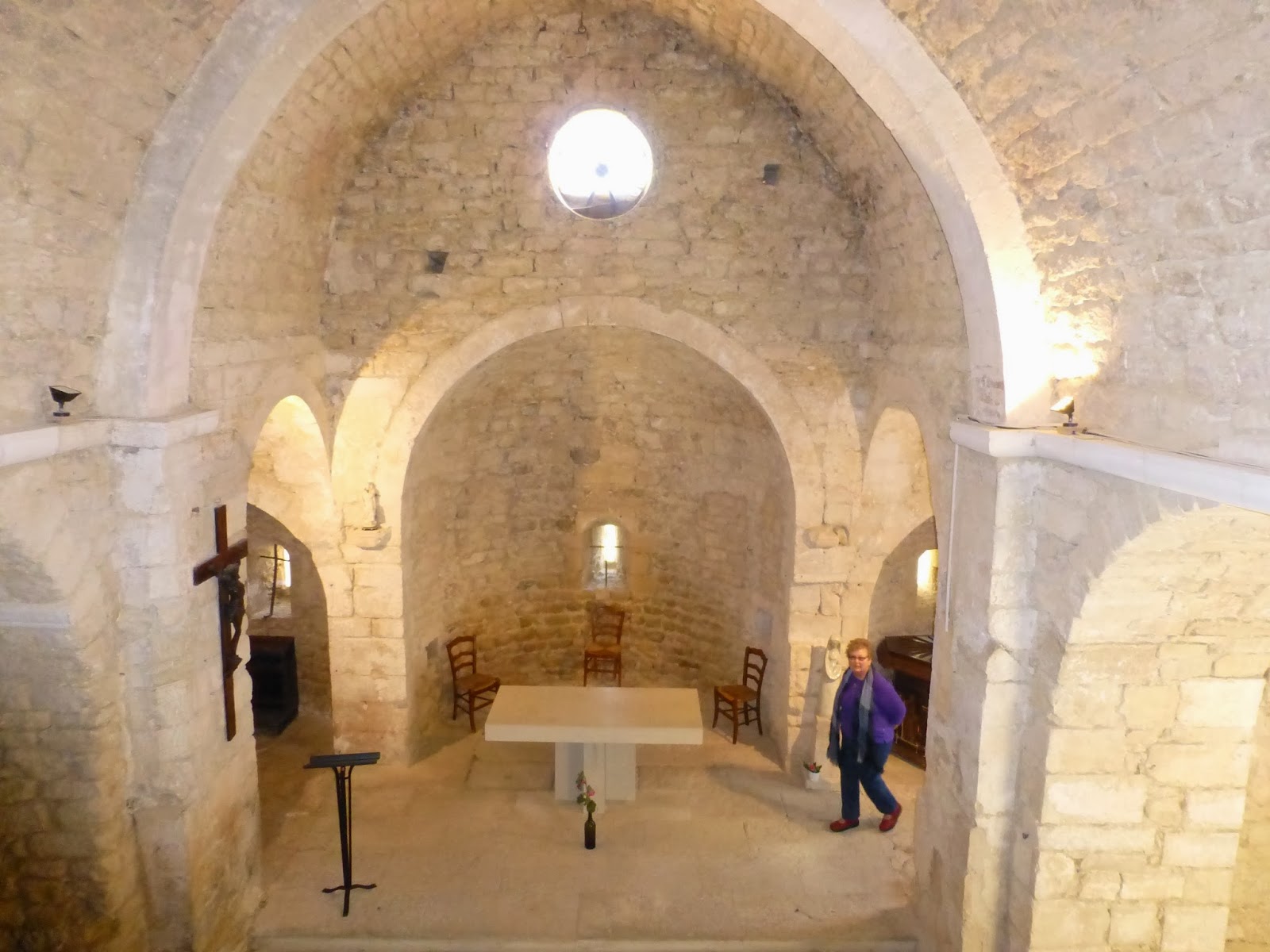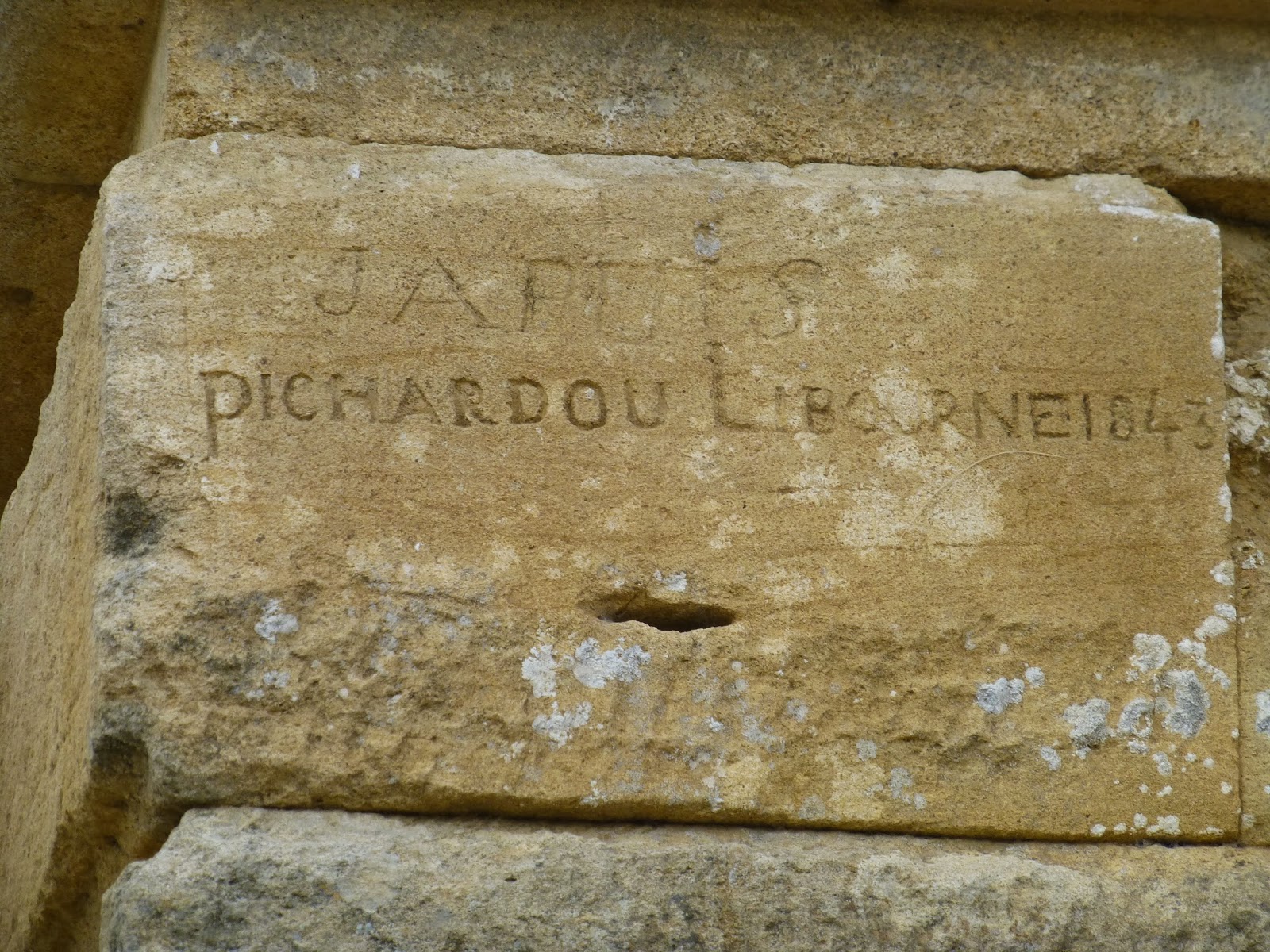Last Sunday, 27th October, an antiquités et brocante (antiques and flea market) came to town with their silverware, linen, crockery, tools, bells, furniture and all sorts of odds and sods. One seller had his own metal work fabrications for sale, while another had available magnificently restored "old" hand tools and door locks all presented in clean and shining condition. Another was offering full sets of silver cutlery, serving spoons, trays and some items which we had no idea what they were. There were cow bells with elaborate collars carved from wood and table ware linen of a quality that is difficult to buy new today.
 | |
| Some of the furniture. The roll top desk had 950 Euros on it. |
 |
| Hand made metal table and stools |
 |
| Wooden bench and hand tools |
 |
| Restored hand tools and door locks |
 |
| Cow bells |
 | |
| Unknown silver device (not the knife). We bought it and know what it is. |





















.JPG)





























